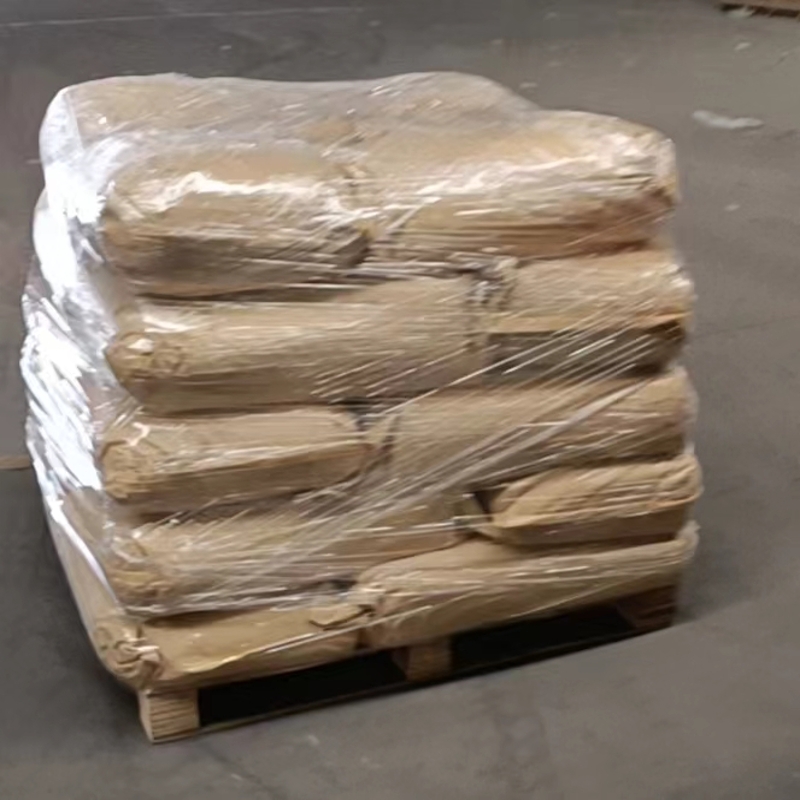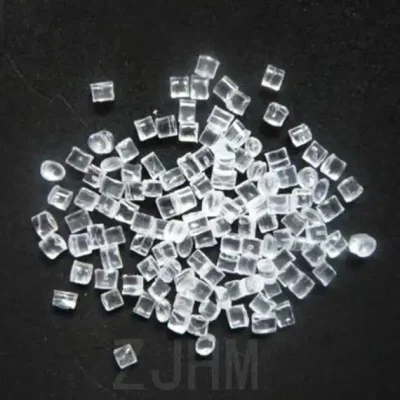-
Categories
-
Pharmaceutical Intermediates
-
Active Pharmaceutical Ingredients
-
Food Additives
- Industrial Coatings
- Agrochemicals
- Dyes and Pigments
- Surfactant
- Flavors and Fragrances
- Chemical Reagents
- Catalyst and Auxiliary
- Natural Products
- Inorganic Chemistry
-
Organic Chemistry
-
Biochemical Engineering
- Analytical Chemistry
-
Cosmetic Ingredient
- Water Treatment Chemical
-
Pharmaceutical Intermediates
Promotion
ECHEMI Mall
Wholesale
Weekly Price
Exhibition
News
-
Trade Service
In recent years, global Internet transportation methods have generally replaced satellites with transoceanic submarine cables to ensure transmission rates and save operating costs
.
So how are submarine cables made? How is the laying process? How fast is the transfer rate? How widespread is it currently? Here are some basics about
submarine cables.
Fabrication materials: The core of the submarine cable is made of high-purity optical fiber, as thin as a hair, which guides the light along the path of the optical fiber through internal reflection
.
Submarine cables need to be able to withstand the enormous pressure at 8 kilometers underwater, equivalent to the weight
of an elephant on its thumb.
NEC's deep-sea cables are made of lightweight polyethylene and are only 17 mm thick
.
Production process: In the production of submarine cables, the optical fiber is first embedded in a jelly-like compound, protecting the cable from damage
even in contact with seawater.
The fiber optic cable is then loaded into a steel pipe to prevent it from being destroyed by the pressure of water
.
Next, it is wrapped in a steel wire with extremely high overall strength, and put in a copper tube, and finally covered with a protective layer
of polyethylene material.
Near the coast of the continental shelf, submarine cables are usually laid with lightweight cables with stronger steel wires and covered with asphalt coating to prevent seawater corrosion
.
Laying of submarine cables: submarine cable laying mainly includes three stages
: cable routing survey and cleaning, submarine cable laying and burial protection.
When laying the cable, the water entry angle of the cable and the laying tension should be controlled by controlling the sailing speed of the laying ship and the cable release speed to avoid damage to the cable
due to too small bending radius or too large tension.
Among them, when laying in the shallow section, the cable laying boat stops at a distance of 4.
5 kilometers from the coast, and is pulled ashore by a tractor on the shore, and the cable placed on the floating bag is pulled ashore, and the floating bag is removed after the cable is disembarked, so that the cable sinks to the bottom of the sea.
When laying in the deep sea section, the cable laying ship releases the cable, and uses underwater monitors and underwater remote control vehicles to constantly monitor and adjust to control the forward speed, direction and speed of laying cables of the laying ship to avoid uneven places and rocks to avoid damage to the cable
.
Capacity: The submarine cable can carry up to 80Tbps of data, which is equivalent to transmitting 4.
7GB of capacity
in one second.
History: The world's first submarine cable was the cable that crossed England in 1851, more than a decade before Bell invented the telephone
.
As early as 1995, half of the communication transmission was transmitted by satellite, and the development of submarine cables has achieved tremendous growth
compared to the previous transmission method.
Hundreds of undersea cables connect the world, while satellites take a back seat and are used only to connect remote areas and small islands
.
Popularity: 99% of transoceanic Internet data transmission is now transmitted over submarine
cables.
At present, the submarine cable is 39,000 kilometers long, connecting 33 countries and four continents
.
Failure history: Although sharks were recorded by cameras breaching submarine cables once, less than 1%
of submarine cables caused by sharks and other fish after 2006 were damaged.
In recent years, global Internet transportation methods have generally replaced satellites with transoceanic submarine cables to ensure transmission rates and save operating costs
.
So how are submarine cables made? How is the laying process? How fast is the transfer rate? How widespread is it currently? Here are some basics about
submarine cables.
Fabrication materials: The core of the submarine cable is made of high-purity optical fiber, as thin as a hair, which guides the light along the path of the optical fiber through internal reflection
.
Submarine cables need to be able to withstand the enormous pressure at 8 kilometers underwater, equivalent to the weight
of an elephant on its thumb.
NEC's deep-sea cables are made of lightweight polyethylene and are only 17 mm thick
.
Production process: In the production of submarine cables, the optical fiber is first embedded in a jelly-like compound, protecting the cable from damage
even in contact with seawater.
The fiber optic cable is then loaded into a steel pipe to prevent it from being destroyed by the pressure of water
.
Next, it is wrapped in a steel wire with extremely high overall strength, and put in a copper tube, and finally covered with a protective layer
of polyethylene material.
Near the coast of the continental shelf, submarine cables are usually laid with lightweight cables with stronger steel wires and covered with asphalt coating to prevent seawater corrosion
.
Laying of submarine cables: submarine cable laying mainly includes three stages
: cable routing survey and cleaning, submarine cable laying and burial protection.
When laying the cable, the water entry angle of the cable and the laying tension should be controlled by controlling the sailing speed of the laying ship and the cable release speed to avoid damage to the cable
due to too small bending radius or too large tension.
Among them, when laying in the shallow section, the cable laying boat stops at a distance of 4.
5 kilometers from the coast, and is pulled ashore by a tractor on the shore, and the cable placed on the floating bag is pulled ashore, and the floating bag is removed after the cable is disembarked, so that the cable sinks to the bottom of the sea.
When laying in the deep sea section, the cable laying ship releases the cable, and uses underwater monitors and underwater remote control vehicles to constantly monitor and adjust to control the forward speed, direction and speed of laying cables of the laying ship to avoid uneven places and rocks to avoid damage to the cable
.
Capacity: The submarine cable can carry up to 80Tbps of data, which is equivalent to transmitting 4.
7GB of capacity
in one second.
History: The world's first submarine cable was the cable that crossed England in 1851, more than a decade before Bell invented the telephone
.
As early as 1995, half of the communication transmission was transmitted by satellite, and the development of submarine cables has achieved tremendous growth
compared to the previous transmission method.
Hundreds of undersea cables connect the world, while satellites take a back seat and are used only to connect remote areas and small islands
.
Popularity: 99% of transoceanic Internet data transmission is now transmitted over submarine
cables.
At present, the submarine cable is 39,000 kilometers long, connecting 33 countries and four continents
.
Failure history: Although sharks were recorded by cameras breaching submarine cables once, less than 1%
of submarine cables caused by sharks and other fish after 2006 were damaged.







